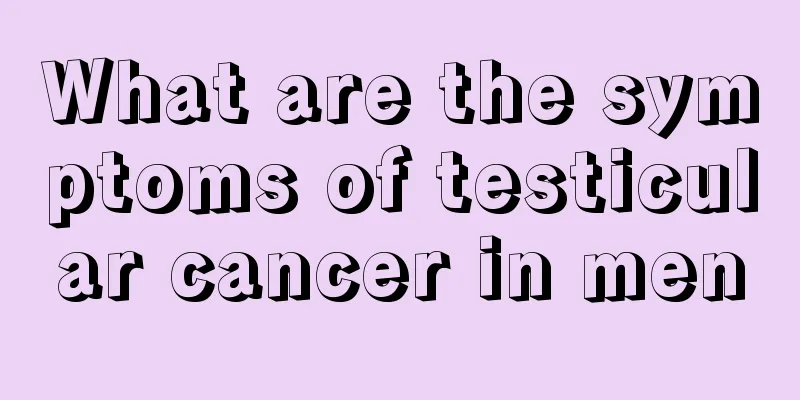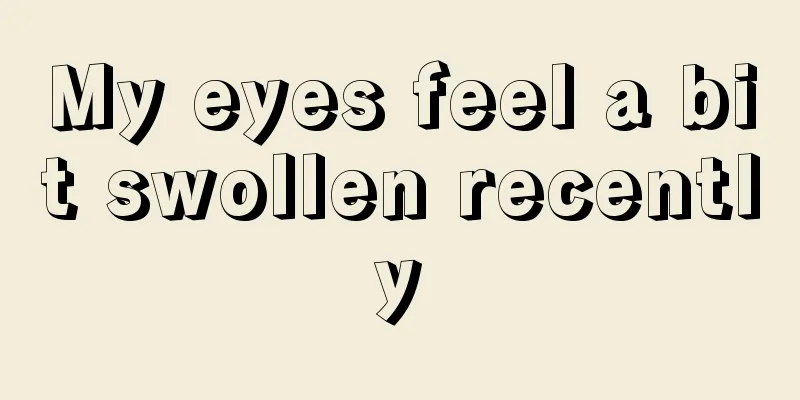What are the symptoms of testicular cancer in men

|
The main symptoms of testicular cancer in men include painless testicular masses, changes in testicular size or shape, a heavy feeling in the scrotum, and occasional dull pain in the groin or back. Once discovered, you should seek medical attention as soon as possible to make a clear diagnosis. Early diagnosis and treatment are crucial to prognosis, so these signs should not be ignored. A painless testicular mass is the most common initial manifestation, usually without pain, but sometimes feels hard or rough; the testicle may swell and enlarge, or it may shrink and harden. Patients may feel an abnormal heaviness in the scrotum, which is due to increased local pressure caused by the tumor. Some patients may also have breast tenderness or enlargement, which is related to the hormone secretion of the tumor. If the tumor has spread, it may cause persistent pain in the abdomen, chest, or back, or symptoms such as swollen lymph nodes. Patients in the late stage with high malignancy may also experience systemic manifestations such as weight loss and fatigue. A painless testicular mass is the most common initial manifestation, usually without pain, but sometimes feels hard or rough; the testicle may swell and enlarge, or it may shrink and harden. Patients may feel an abnormal heaviness in the scrotum, which is due to increased local pressure caused by the tumor. Some patients may also have breast tenderness or enlargement, which is related to the hormone secretion of the tumor. If the tumor has spread, it may cause persistent pain in the abdomen, chest, or back, or symptoms such as swollen lymph nodes. Patients in the late stage with high malignancy may also experience systemic manifestations such as weight loss and fatigue. If you have noticed similar symptoms, be sure to seek medical attention promptly, preferably by urology or oncology. Diagnosis usually requires color Doppler ultrasound, serum tumor marker testing (such as α-fetoprotein, hCG levels), and testicular biopsy when necessary. Treatments include surgical removal of the affected testicle, chemotherapy, and radiotherapy, which are selected according to the condition. Developing the habit of regular testicular self-examination, especially for high-risk groups, such as those with a family history of genetics or cryptorchidism, can help with early detection. Lifestyle adjustments that can reduce risks, such as avoiding high temperature exposure and reducing smoking and drinking, also deserve special attention. |
<<: Is prostate cancer hereditary?
>>: Is renal hamartoma dangerous? Can it be cured? How long can one live?
Recommend
Introduction to health and wellness methods in spring
In fact, there is a famous saying that a year'...
How to increase heart rate
Nowadays, many people are more concerned about th...
Will endometrial cancer be passed on to the next generation?
The emergence of cancer is still a mystery that h...
What are the dangers of drinking and staying up late
The pace of modern life has made many friends dev...
What will happen if bladder cancer is not removed at the age of 76
If bladder cancer is not removed at the age of 76...
What is the survival rate of poorly differentiated hepatocellular carcinoma? It is related to many factors
The survival rate of poorly differentiated hepato...
The difference between genetically modified soybeans and non-genetically modified soybeans, support non-genetically modified
Many foods nowadays are genetically modified, esp...
What causes alopecia areata
Alopecia areata, a localized hair loss, is relati...
How to prevent lung cancer? Learn 5 points to prevent lung cancer
According to clinical data statistics, many patie...
How long does it take to change the IUD?
Everyone knows that after installing an IUD, the ...
How to resist the recurrence of tongue cancer after recovery
With the pace of life, environmental factors and ...
How to turn over after cesarean section without pain from the incision?
After a cesarean section, a large wound will be l...
Can malignant skin cancer be cured?
Can malignant skin cancer be cured? There is no e...
Is kidney cancer lung metastasis contagious?
Once kidney cancer occurs, it is very difficult t...
How many hours can tea be steeped before drinking?
Many people like to drink tea. Drinking tea is a ...









